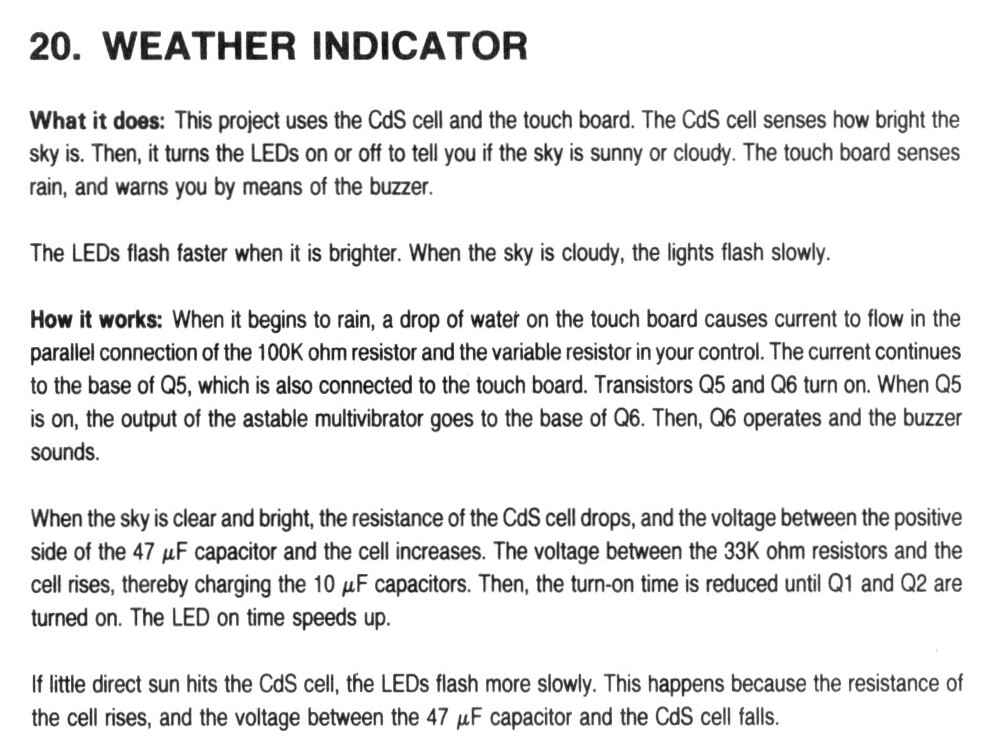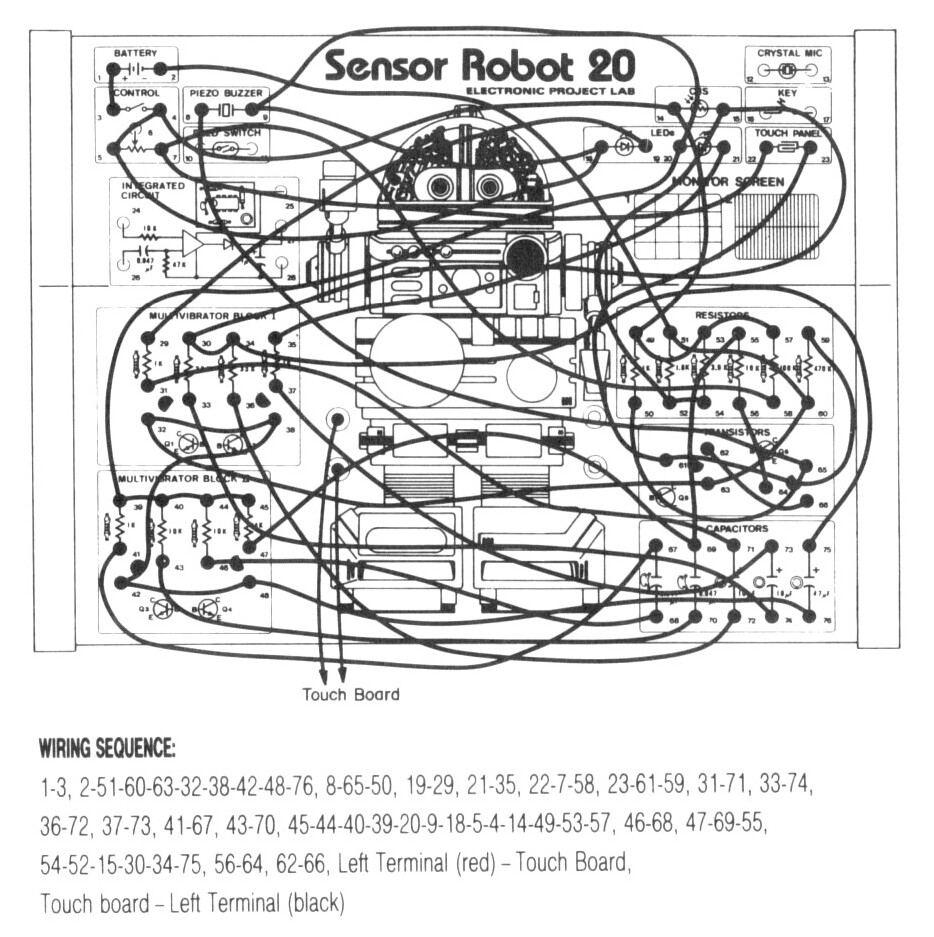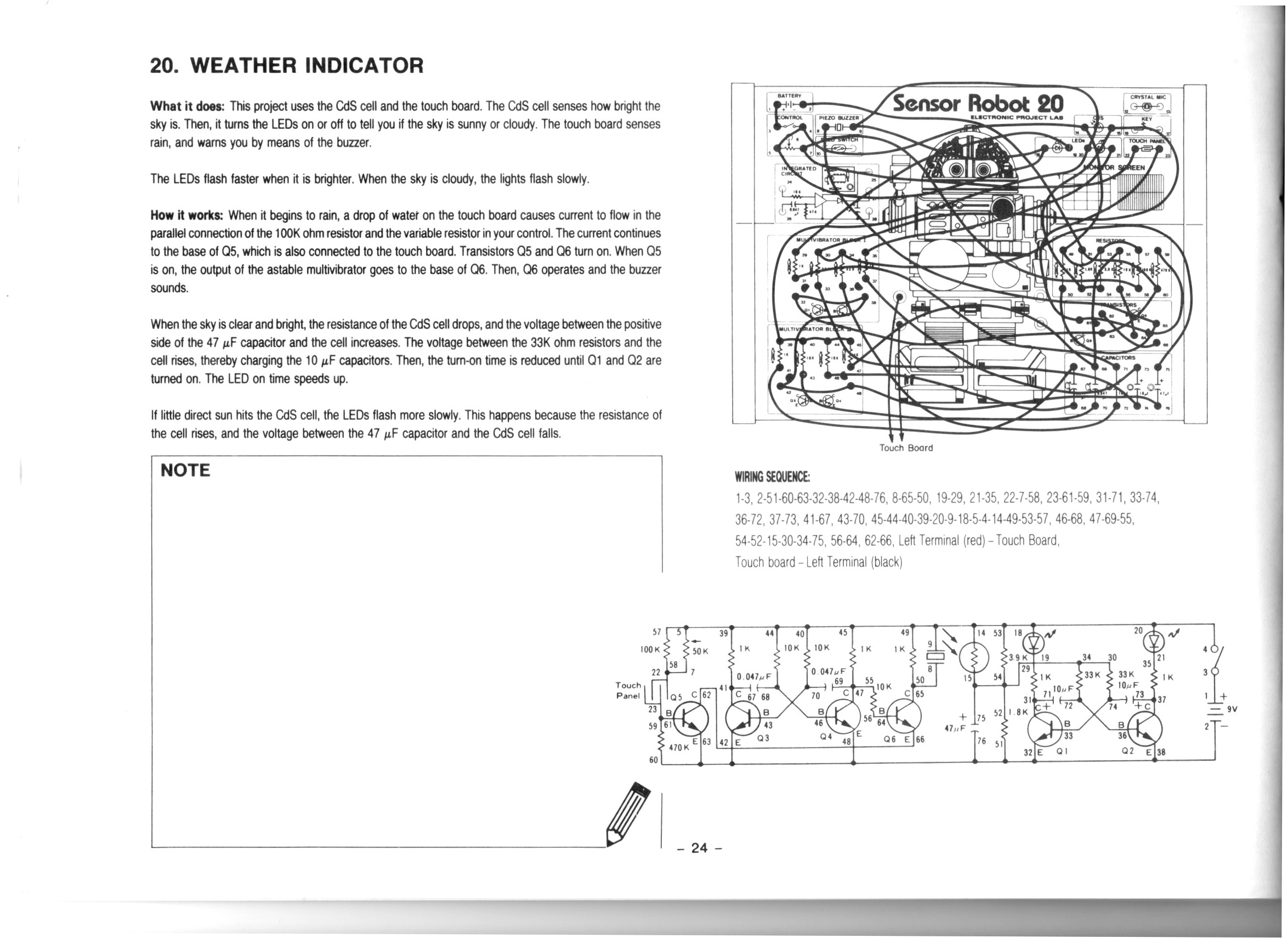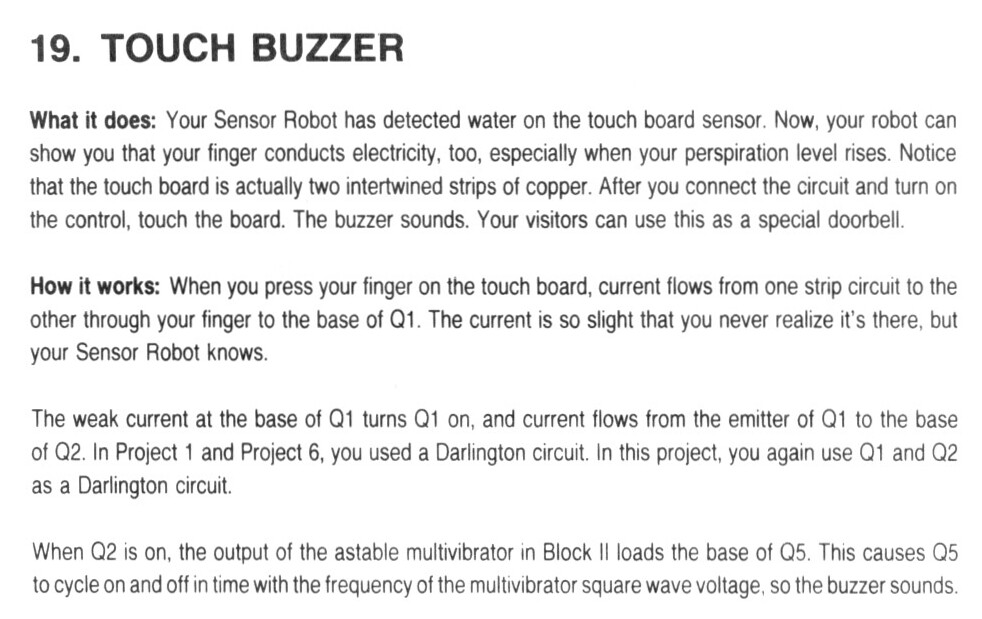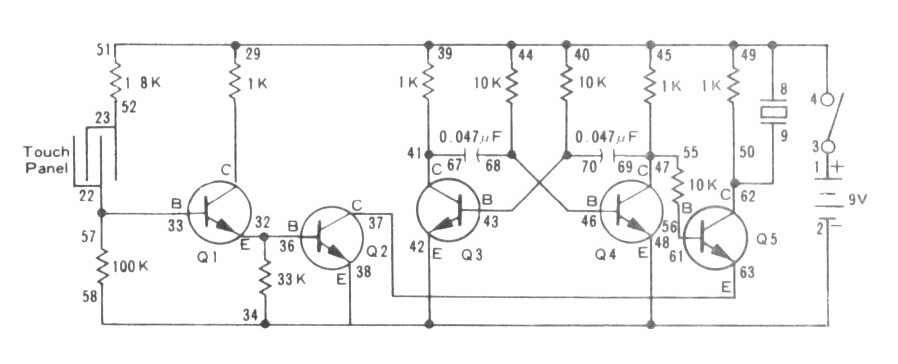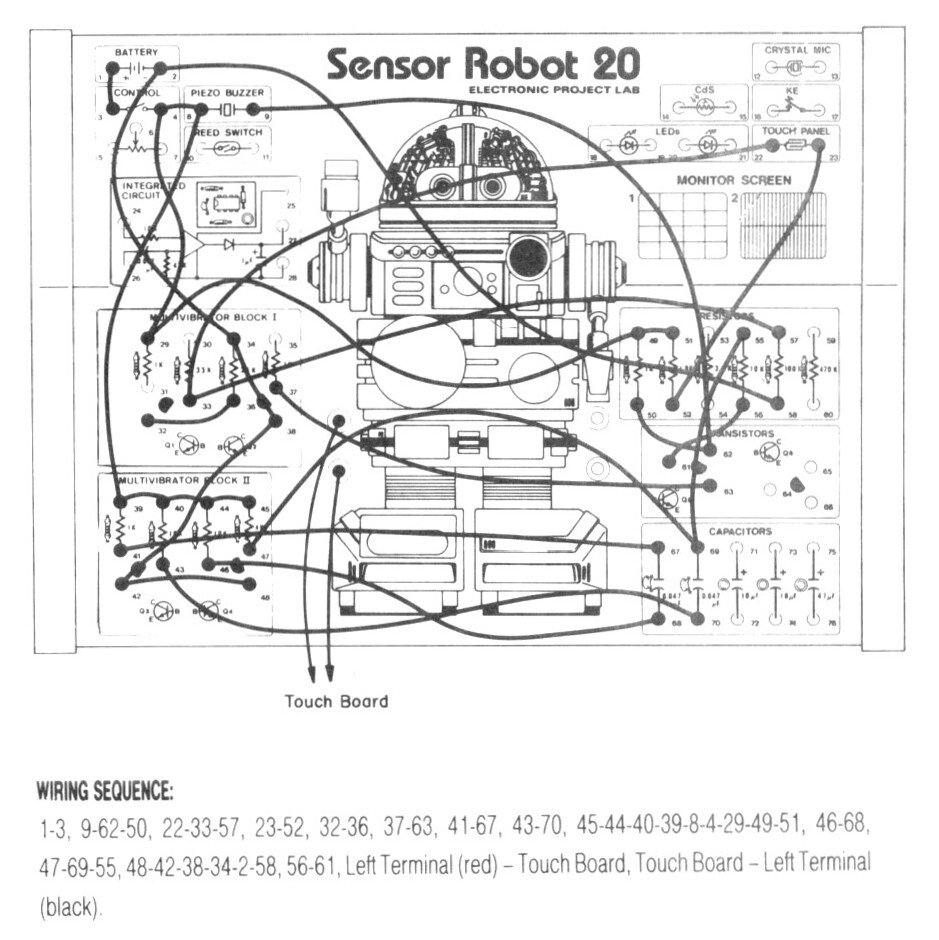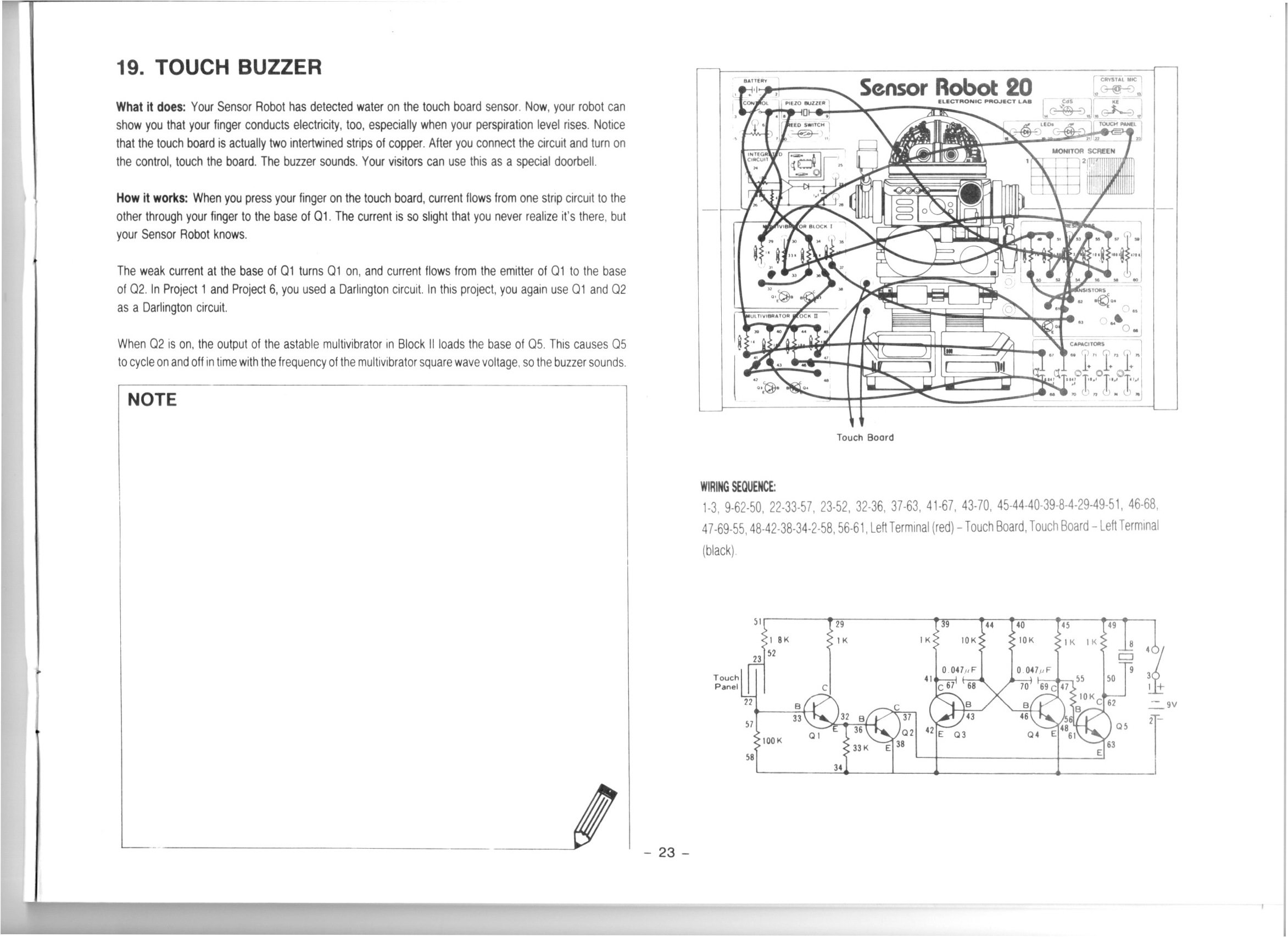Check this out: Waterproof material with silicone and acetone.
Category Archives: Learning
Unboxing #25: Unboxing the EEVblog BM2257 Multimeter | Learning Electronics In The Lab With Jay Jay
This post is part of my video blog and you can find more information about this video over here.
You can support this channel on Patreon: patreon.com/JohnElliotV
In this video we unbox the Brymen EEVblog BM2257 Digital Multimeter which arrived recently from my mate Dave Jones of EEVblog fame. Thanks Dave!
In the video I mention about the Multimeter Fuse Pack available at the EEVblog Store (but out of stock), but I don’t think that particular fuse pack has the fuses I need for the BM2257. I have asked about what fuses to get on the EEVblog Forum: Appropriate fuses for EEVblog BM2257 Multimeter.
The BM2257 came with Zinc–carbon batteries which I haven’t seen before. You learn something new every day!
There will be a demo video coming out soon to go with this unboxing video, just like I did for my Fluke 17B+ Digital Multimeter:
I am very happy to have my new BM2257. Thanks again Dave. <3
Thanks very much for watching! And please remember to hit like and subscribe! :)
Following is a product I use picked at random from my collection which may appear in my videos. Clicking through on this to find and click on the green affiliate links before purchasing from eBay or AliExpress is a great way to support the channel at no cost to you. Thanks!
Yum Cha BM800 Condenser Microphone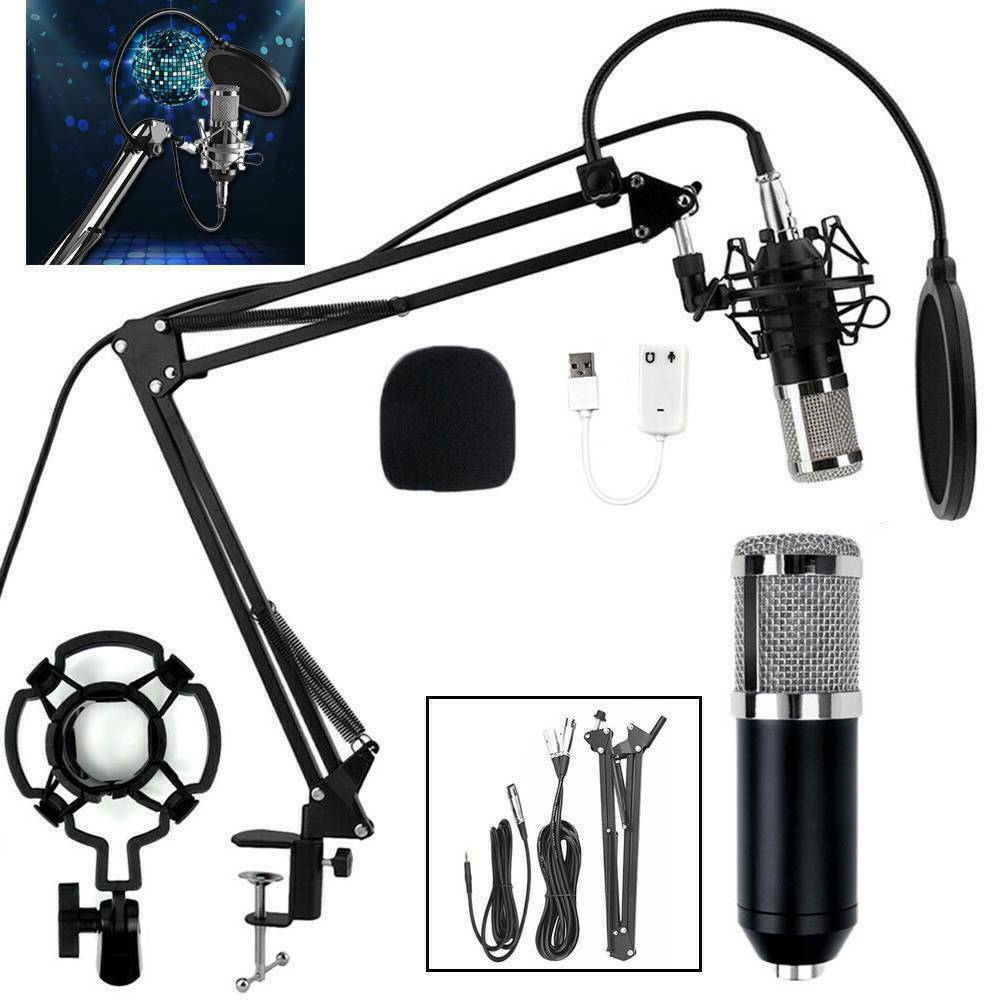 |
Let’s go shopping!
Concluding Maxitronix 20in1 | Maxitronix 20in1 | Learning Electronics In The Lab With Jay Jay
This post is part of my video blog and you can find more information about this video over here.
You can support this channel on Patreon: patreon.com/JohnElliotV
In this video we conclude our Maxitronix 20in1.
The videos we made for this feature of the show:
- Introducing Maxitronix 20in1
- Brightness Alarm | Project 1/20
- Darkness Alarm | Project 2/20
- Electronic Candles | Project 3/20
- Light Alarm With Latch | Project 4/20
- Light-Controlled Organ | Project 5/20
- Photometer | Project 6/20
- Shot In The Dark I | Project 7/20
- Shot In The Dark II | Project 8/20
- Visitor Alarm | Project 9/20
- Speech Conductor | Project 10/20
- Burglar Alarm | Project 11/20
- Magnetism Detector | Project 12/20
- Ferromagnetic Substance Detector | Project 13/20
- Non-Touch Switch | Project 14/20
- Glass Organ | Project 15/20
- High-Water Indicator | Project 16/20
- Low-Water Indicator | Project 17/20
- Rain Detector | Project 18/20
- Touch Buzzer | Project 19/20
- Weather Indicator | Project 20/20
- Concluding Maxitronix 20in1
Thanks very much for watching! And please remember to hit like and subscribe! :)
Following is a product I use picked at random from my collection which may appear in my videos. Clicking through on this to find and click on the green affiliate links before purchasing from eBay or AliExpress is a great way to support the channel at no cost to you. Thanks!
Yum Cha Double-ended Cotton Swabs |
Let’s go shopping!
CSS library based on Counter Strike 1.6 UI
This turned up in my feed today: CSS library based on Counter Strike 1.6 UI. I was particularly interested in how they implemented the tab panels.
Weather Indicator | Project 20/20 | Maxitronix 20in1 | Learning Electronics In The Lab With Jay Jay
This post is part of my video blog and you can find more information about this video over here.
You can support this channel on Patreon: patreon.com/JohnElliotV
In this video we do the 20th project from the Maxitronix Sensor Robot 20 (20in1) Electronics Project Lab Kit: Weather Indicator.
We use the Rigol MSO5074 Mixed Signal Oscilloscope to have a look at the two square waves from the astable multivibrators.
We use the UNI-T UTi260B Thermal Imager to investigate the circuit’s heat profile.
We use the Riden RD6006 Bench Power Supply to deliver 9V to power the circuit and to report on its current draw.
Thanks very much for watching! And please remember to hit like and subscribe! :)
Following is a product I use picked at random from my collection which may appear in my videos. Clicking through on this to find and click on the green affiliate links before purchasing from eBay or AliExpress is a great way to support the channel at no cost to you. Thanks!
Yum Cha Macro Programmable 8-Key Mechanical Keyboard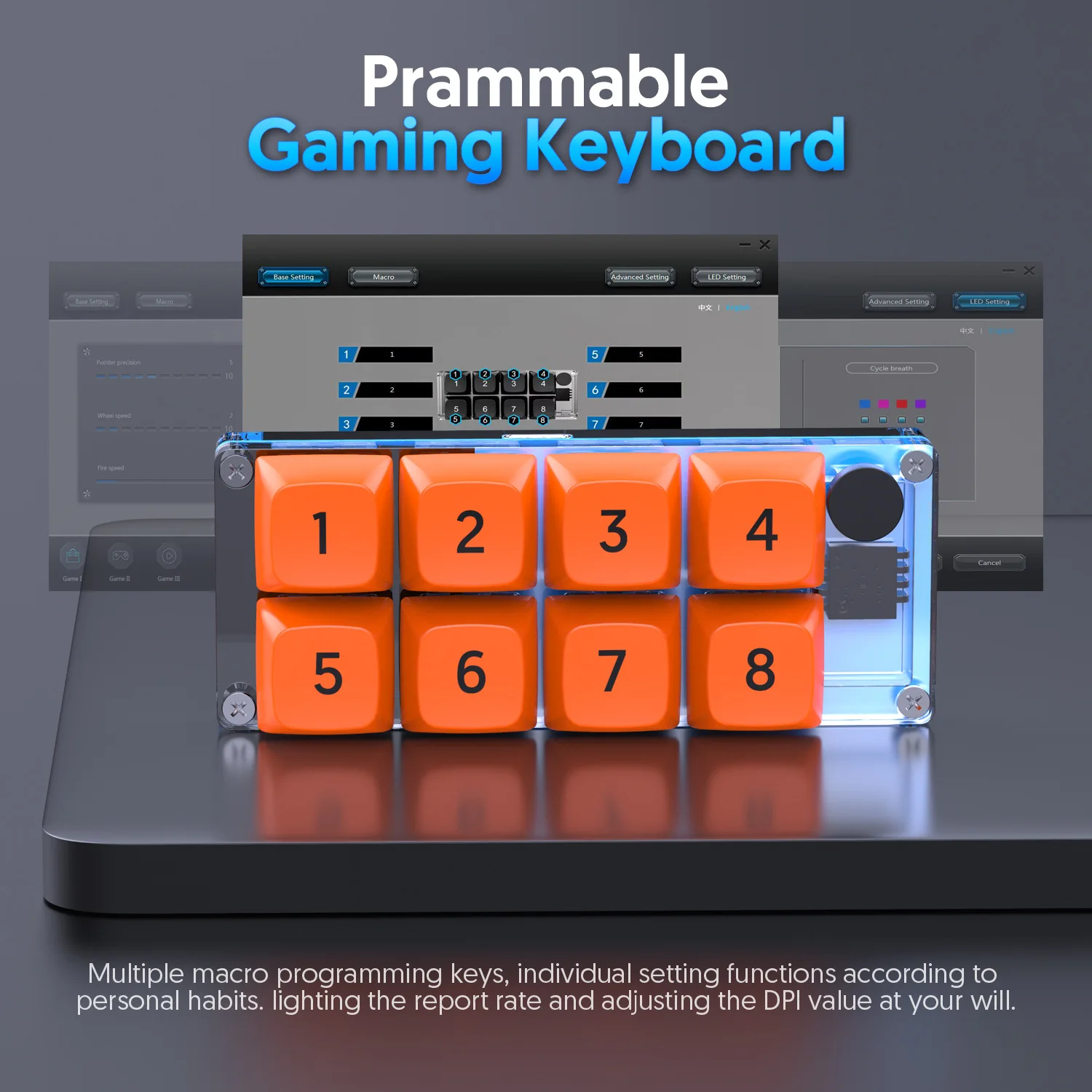 |
Let’s go shopping!
Mail Call #20: GreatFET One, Cynthion, Mesh Holder, USB Cable, Calculus, KVM and More! | In The Lab
This post is part of my video blog and you can find more information about this video over here.
You can support this channel on Patreon: patreon.com/JohnElliotV
In this video we take a look at what has arrived in the mail from AliExpress, eBay, and Amazon.
- Hannord USB3.2 10Gbps Cable USB A to Type-C 3.2 Data Transfer USB C SSD Hard Disk Cable 3A 60W Quick Charge 3.0 Charge Cable
- Advanced Calculus (as mentioned by my mate Learning as a hobby, see also Nicolas Bourbaki)
- KVM Switch 8 Ports, HDMI 2.0 KVM Switcher and USB 2.0 Hub Support 4K@30Hz for 8 PC Share Keyboard, Mouse and Monitor Compatible with Windows/Linux/Mac System etc
- Great Scott Gadgets GreatFET One Bundle – Hi-Speed USB Peripheral, Logic Analyzer, Debugger and Development Board. Open Hardware. Includes GreatFET One, Wiggler, Cable & 120 Prototyping Wires
See here for more info about the Great Scott Gadgets:
In this video I mention my mate @learningasahobby790 who makes interesting videos about mathematics and philosophy, check him out.
Thanks very much for watching! And please remember to hit like and subscribe! :)
Following is a product I use picked at random from my collection which may appear in my videos. Clicking through on this to find and click on the green affiliate links before purchasing from eBay or AliExpress is a great way to support the channel at no cost to you. Thanks!
Yum Cha 11 in 1 USB-C Hub USB Hub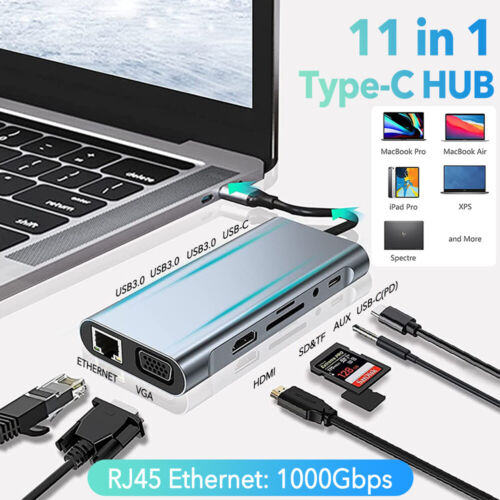 |
Let’s go shopping!
BGA Rework Reflowing Reballing for Absolute Beginners
Touch Buzzer | Project 19/20 | Maxitronix 20in1 | Learning Electronics In The Lab With Jay Jay
This post is part of my video blog and you can find more information about this video over here.
You can support this channel on Patreon: patreon.com/JohnElliotV
In this video we do the 19th project from the Maxitronix Sensor Robot 20 (20in1) Electronics Project Lab Kit: Touch Buzzer.
This circuit uses a Darlington pair to amplify the very weak signal from the touch sensor.
We use the Rigol MSO5074 Mixed Signal Oscilloscope to look at the square wave from the astable multivibrator.
We use the UNI-T UTi260B Thermal Imager to examine the thermal characteristics of the circuit, particularly the 1K resistors getting warm.
We use the Riden RD6006 Bench Power Supply to provide 9V for our circuit and also to measure the current drawn by the circuit in its inactive (11mA) and active (12mA) states.
Thanks very much for watching! And please remember to hit like and subscribe! :)
Following is a product I use picked at random from my collection which may appear in my videos. Clicking through on this to find and click on the green affiliate links before purchasing from eBay or AliExpress is a great way to support the channel at no cost to you. Thanks!
Maxitronix 500in1 Electronics Project Lab Kit notes notes |
Let’s go shopping!
Interlude #12: The Making of the Hook Stick Extension Grabber Thing | In The Lab With Jay Jay
This post is part of my video blog and you can find more information about this video over here.
You can support this channel on Patreon: patreon.com/JohnElliotV
In this video we put a hook on a stick so I can reach stuff that is high on my pegboard.
In this video I mention Ali the Dazzling and the Star Wars Kid. The wood shop channel I enjoy is Workshop Companion.
We use the Deep Hole Long Nib Pen to mark the points for drilling.
We use the Rockwell RD2971 18V Drill Driver Kit Drill for drilling.
We use the Bosch IXO VI Electric Screwdriver to drive in my screws.
My pegboard hooks are these ones: HORUSDY 120-Piece PegBoard Hooks Set, Peg Board Assortment 12 Different Types of Hooks for Garage Organizer Bins Shop Display Hanging.
We use the 14500pa Cordless Hand Held Vacuum to tidy up after ourselves.
We use the Yum Cha 10pc File & Rasp Set Metal File for filing.
We use the Plato Model 170 Wire Cutter for cutting our string.
The KVM I mention toward the end of the video is my AOOCOO 4K@30Hz HDMI USB 2.0 8-Port HDMI KVM.
If you’re interested in HDMI specs there is heaps of info on the Wikipedia HDMI page.
The monitor I mention toward the end of the video is the UPERFECT 15.6″ HDMI LCD. It’s physically small, but high resolution. I stop using this monitor because I was having trouble making it work with my new KVM and my studio workstation ‘verve‘.
The new component drawers I am getting for the new space on my pegboard are these: Jaycar HB6330 33 Drawer Parts Cabinet
Thanks very much for watching! And please remember to hit like and subscribe! :)
Following is a product I use picked at random from my collection which may appear in my videos. Clicking through on this to find and click on the green affiliate links before purchasing from eBay or AliExpress is a great way to support the channel at no cost to you. Thanks!
nmsafety Nitrile Gloves notes notes |
Let’s go shopping!
Mail Call #19: Tool Holder, MOSFET, LM311, Capacitor, Pliers, USB Adapter and More! | In The Lab
This post is part of my video blog and you can find more information about this video over here.
You can support this channel on Patreon: patreon.com/JohnElliotV
In this video we see what has arrived in the mail from AliExpress.
We use the Peak Electronic Design Atlas DCA75 Pro Semiconductor Analyzer to test our MOSFETs as they arrive.
We use the Brother P-Touch D210 Label Maker to label our component drawers.
We use the Scotch Titanium Scissors to cut open our packaging.
We use the Hakko CHP 3C-SA Precision Tweezers to manipulate our components.
Stuff that arrived included:
- 67 Holes Paintbrush Holder Stand Wooden Paint Brush Stand Desk Organizer Wall Mounted Makeup Brush Shelf For Painting Supplies
- (10pcs)100% New IRFZ44N IRFZ44 Power MOSFET TO-220 Transistors
- 10pcs/lot LM311 LM311P LM311N DIP-8 voltage comparator new original
- 10pcs/lot LM311 LM311P LM311N DIP-8 new original In Stock
- 100PCS Polypropylene Safety Plastic Film 100V 1nF ~ 470nF 100nF 220nF 10nF 47nF 22nF 1nF 0.47uf 0.1uf Correction Capacitor (1nF, 10nF, 47nF, 100nF, 470nF)
- 460PCS/BOX 63V 100V 24 Value Correction Capacitor Package Kit Polypropylene Safety Plastic Film 105-823 Set Free
- Bail Making Plier Wire Looper Multi-step Ring Looping Plier 3mm 4mm 6mm 7mm 9mm 10mm
- 50Pcs/box 10 Values Mosfet Transistor Kit IRF3205 IRF640 IRF740 IRF830 IRF840 IRF530 IRF630 IRF820 IRFZ44 IRF9540 IRF820
- 5-inch professional round concave pliers, used for jewelry making mini precision wire loop tools, ideal DIY manual tools
- 1PC Makeup Brushes Paint Brushes Holder Make Up Organizer Detachable 96 Hole Pencil Holder For Desk PensArt Painting Supplies
- 1Pc Paint Brush Rest Holder White Plastic 4 Slots Paintings Brushes Rests Drip Tray Pad for Watercolor Oil Acrylic Painting
- USB Type C To Micro USB Android Adapter Connector for Phone Tablet Micro USB Male To Type C Female Converter for Xiaomi Huawei ()
- Essager USB3.0 OTG Adapter Type-C USB-A Micro Female to USB Micro iP Type-C Male Converter For Macbook Xiaomi iPhone OTG Adapter
- Type-C Female To USB-B Male Adapter USB 2.0 Printer Adapter for Printer Piano Keyboard Fax Machine Scanner MIDI Interface
- Micro USB to Mini USB Type-C Adapter Female To Micro Usb Male Converter Connector Aluminum Alloy
- 5/10PCS 0-24V Top Mosfet Button IRF520 MOS Driver Module For Arduino MCU ARM Raspberry pi
- (1~5)pcs KY-013 Analog Temperature Sensor Module Diy Starter Kit For arduino
Thanks very much for watching! And please remember to hit like and subscribe! :)
Following is a product I use picked at random from my collection which may appear in my videos. Clicking through on this to find and click on the green affiliate links before purchasing from eBay or AliExpress is a great way to support the channel at no cost to you. Thanks!
Yum Cha Universal Handheld Wire Stripper notes notes |
Let’s go shopping!

